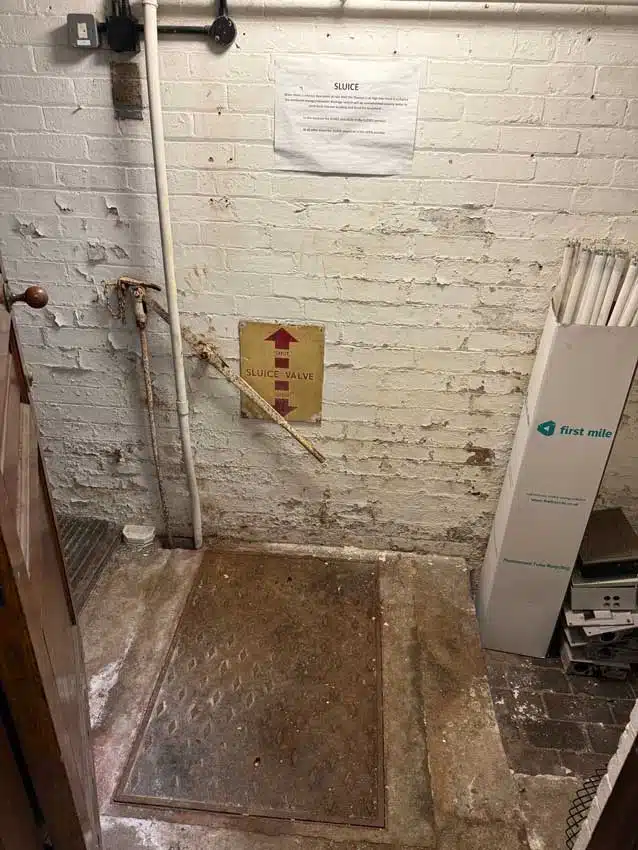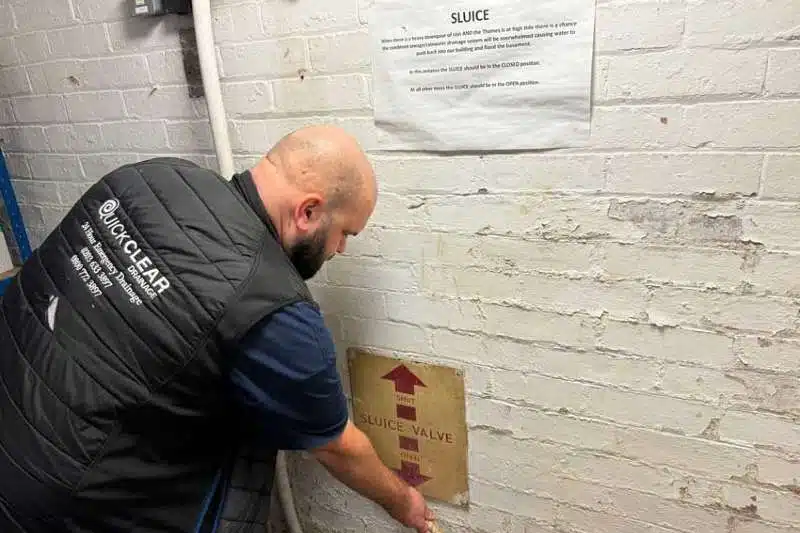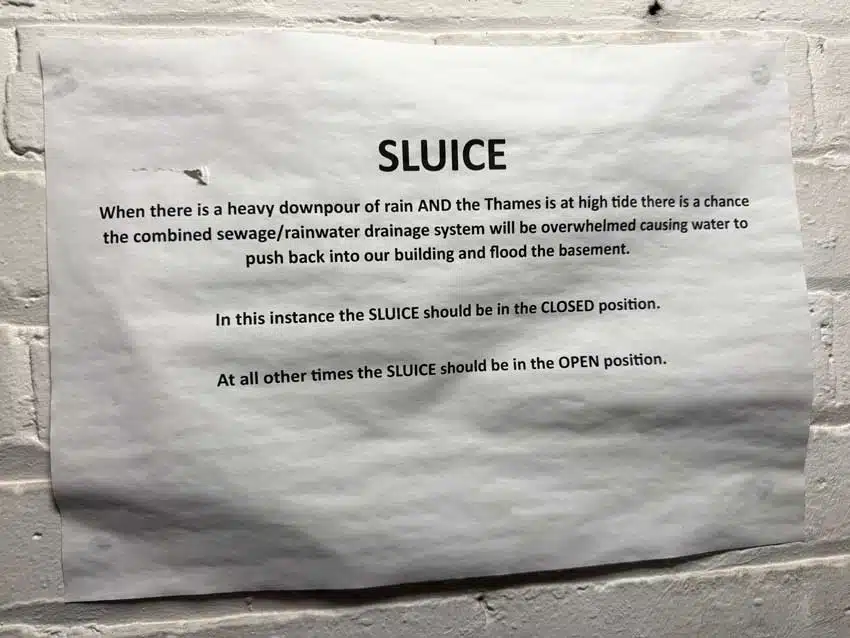London homeowners face serious drainage challenges every year. Heavy rainfall often leads to flooded basements and backed-up drains. Many people wonder if a sluice system can actually prevent blocked drain flooding in London.
This question deserves a detailed answer. Through this, you will get a proper understanding of how these systems work. This will enable property owners to make informed decisions about protecting their homes.

What are Sluice Systems?
A sluice gate acts as a controllable barrier in drainage systems. It slides up and down to manage water flow through pipes or channels. The mechanism is quite simple but effective.
Sluice gates install directly into drainage lines. When water levels rise dangerously, the gate can be closed to prevent backflow. Once the danger passes, the gate opens back up. Water then flows normally through your drains again.
People have used this design for hundreds of years to control water. Today’s versions use strong materials that handle dirty water and waste without breaking down.
The Connection of Sluice with Blocked Drain Flooding Problems
Blocked drain flooding happens for two main reasons. First, debris and waste create blockages inside the pipes. Second, external pressure forces water back into properties during heavy storms.
A sluice system addresses the second problem directly. When Thames Water’s main sewers reach capacity, pressure builds throughout the network. This pressure can push sewage and stormwater back through household drains.
The gate creates a physical barrier against this backflow. It stops external water from entering your property even when the main system gets overwhelmed. This protection proves valuable during London’s increasingly frequent heavy rainfall events.
Effectiveness of Sluice Systems
Evidence from commercial properties shows promising results. Buildings that have installed sluice gates report fewer drain flooding incidents during storms. The system provides reliable protection when properly installed and maintained.
London receives significant rainfall each year. The city’s ageing drainage infrastructure struggles to cope with modern demands. Properties near the Thames or in low-lying areas face the highest risk of backflow flooding.
A sluice gate offers a practical solution for these vulnerable locations. The system works passively without requiring electricity or complex controls. This simplicity means fewer things can go wrong during emergencies.
The Capabilities and Applications of Sluice Systems
Clarity is important here. A sluice gate will not clear existing blockages inside your drains. If grease, tree roots, or debris block your pipes, you still need professional drain cleaning services.
The system prevents external water from flowing backwards into your property. It does not remove obstructions or improve drainage flow from your sinks and toilets. These are two separate issues that require different solutions.
Making the Right Decision
Every property faces different flooding risks. Check where your home sits on the map. Look at past drainage or blocked drain flooding problems. Think about what type of building you own. Has your property flooded before? Even once means it could happen again.
A sluice system stops backflow drain flooding really well. The technology works without fancy parts or constant repairs. But remember, it doesn’t clean blocked drain flooding and pipes or remove existing waste buildup.
Professional drainage engineers know which solution works best. They visit your property and check the drainage setup. Then they explain what protection your home actually needs.


